Back to Courses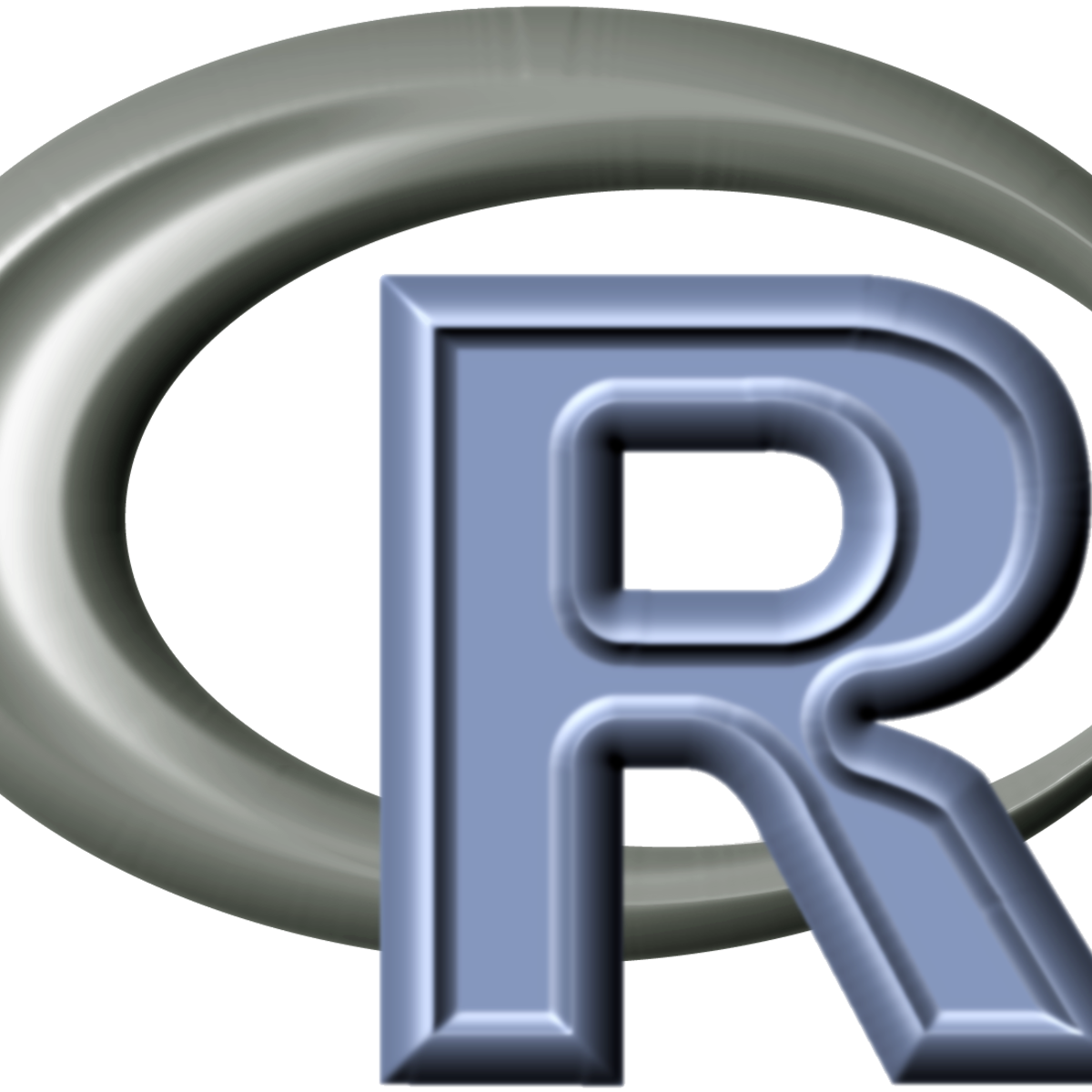
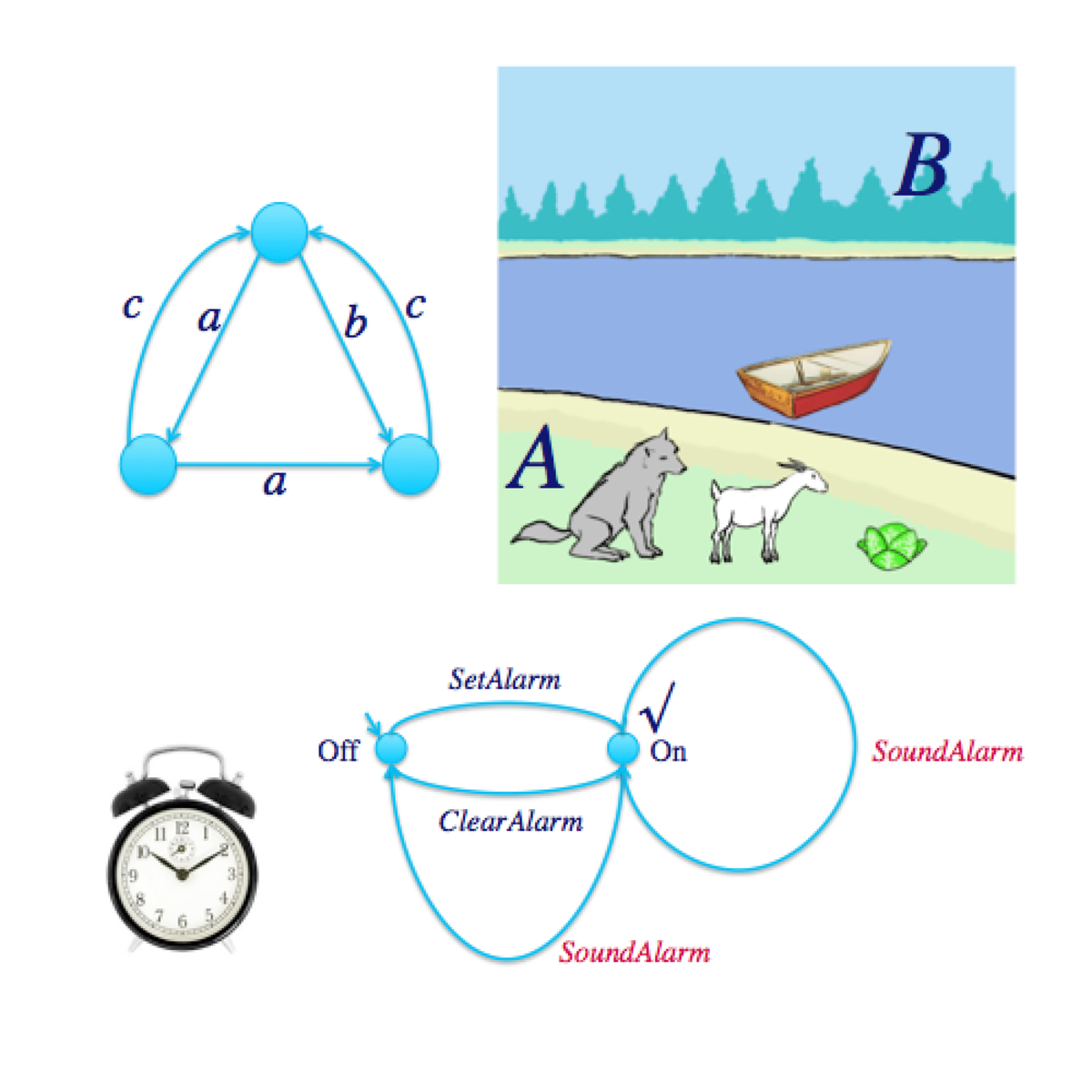
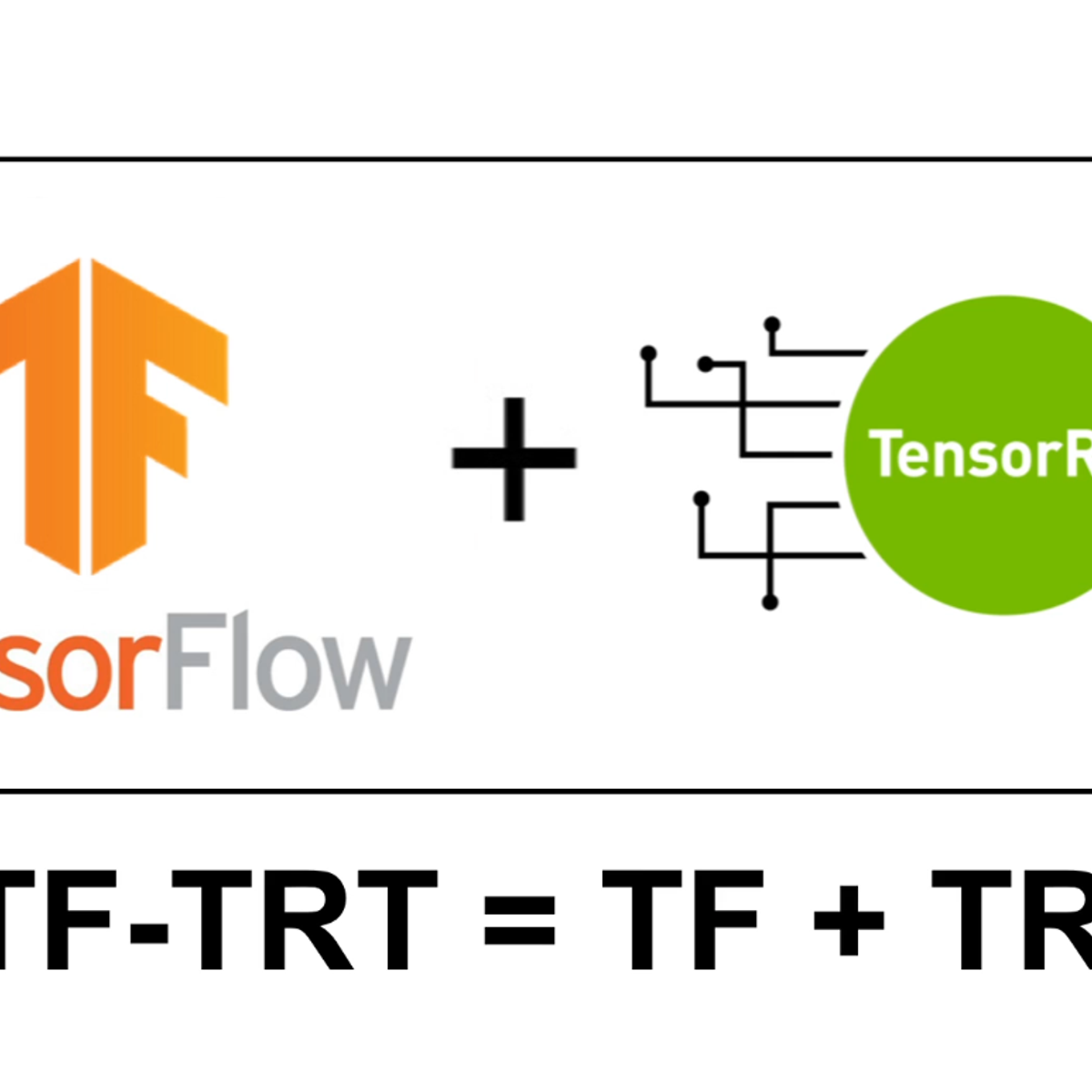
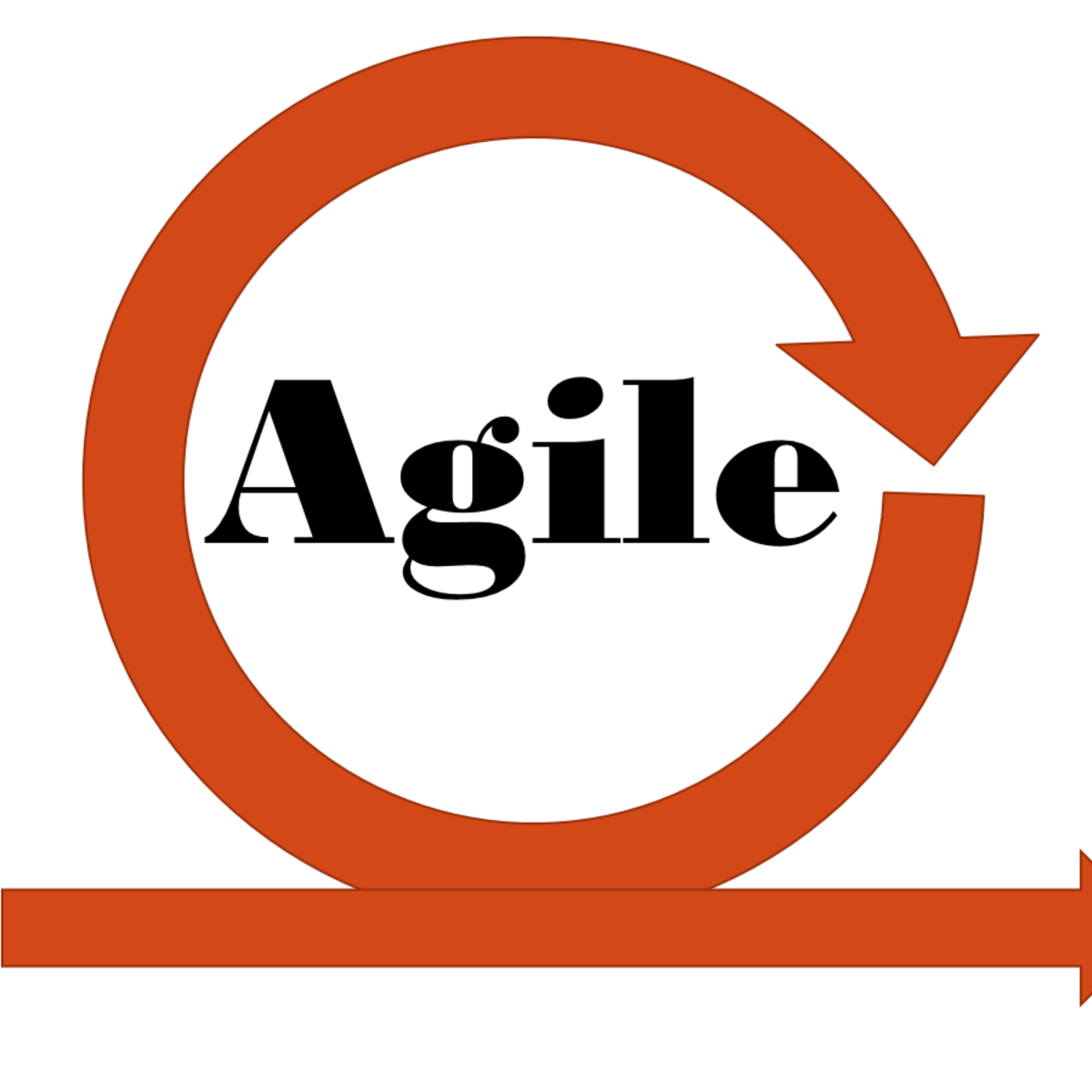


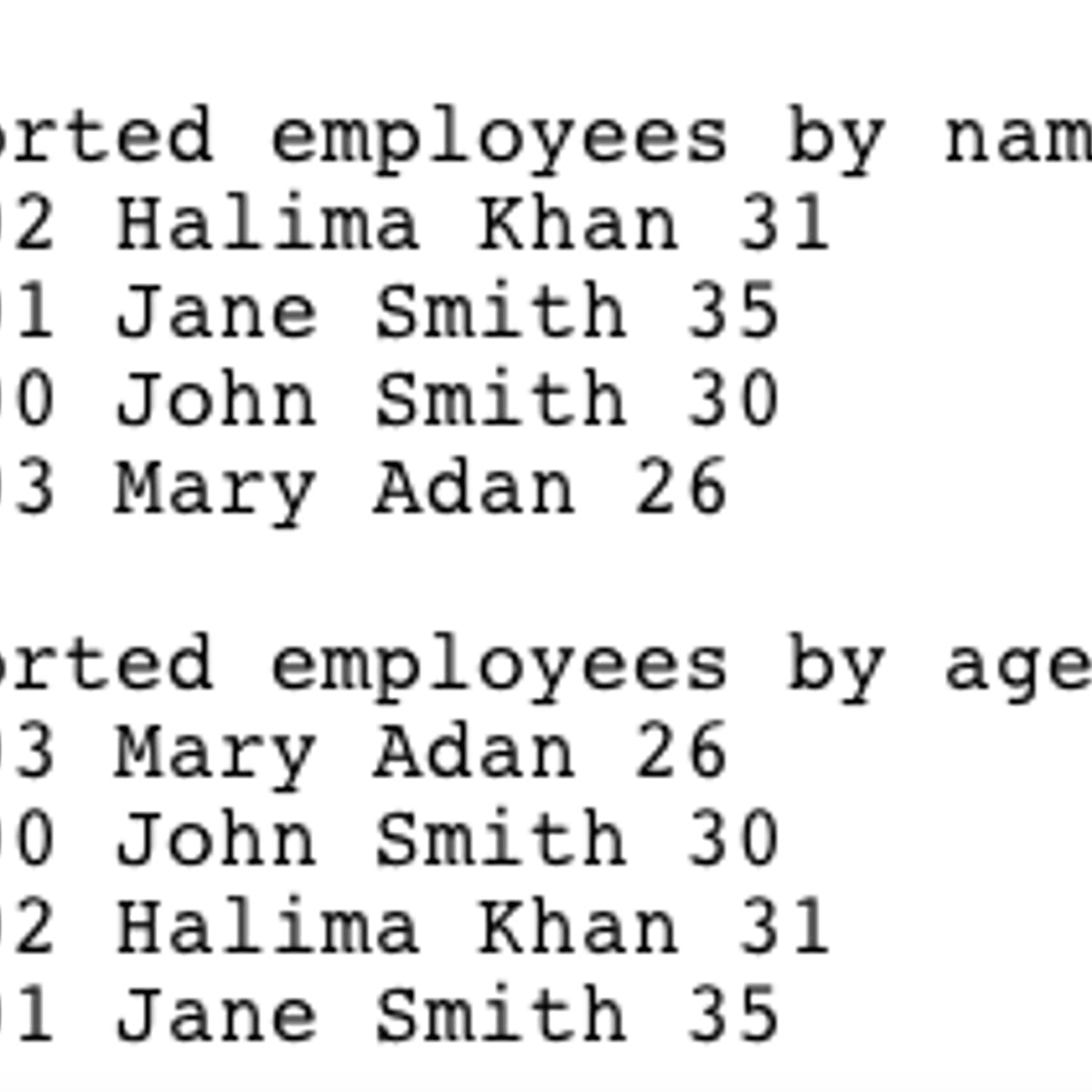

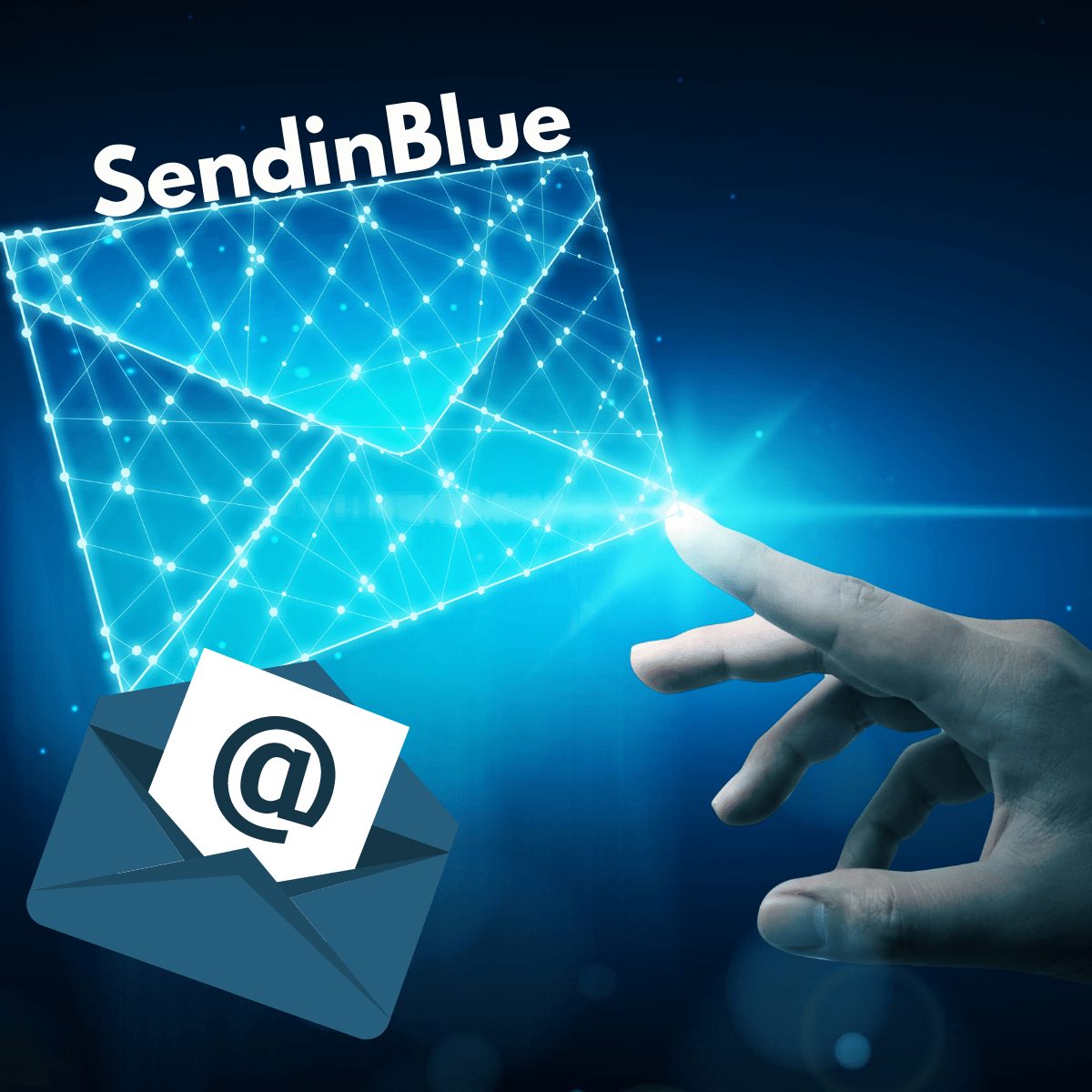

Computer Science Courses - Page 121
Showing results 1201-1210 of 2309

The R Programming Environment
This course provides a rigorous introduction to the R programming language, with a particular focus on using R for software development in a data science setting. Whether you are part of a data science team or working individually within a community of developers, this course will give you the knowledge of R needed to make useful contributions in those settings. As the first course in the Specialization, the course provides the essential foundation of R needed for the following courses. We cover basic R concepts and language fundamentals, key concepts like tidy data and related "tidyverse" tools, processing and manipulation of complex and large datasets, handling textual data, and basic data science tasks. Upon completing this course, learners will have fluency at the R console and will be able to create tidy datasets from a wide range of possible data sources.

System Validation: Automata and behavioural equivalences
Have you ever experienced software systems failing? Websites crash, calendar not synchronising, or even a power blackout. Of course you have! But did you know that many of these errors are the result of communication errors either within a system or between systems? Depending on the system, the impact of software failures can be huge, even resulting in massive economic damage or loss of lives. Software, and in particular the communication between software-intensive systems, is very complex and very difficult to get right. However, we _need_ dependability in the systems we use, directly or indirectly, to support us in our everyday lives.
System Validation helps you to design embedded system behaviour that is structurally sound. It also enforces you to make the behaviour simple and insightful; systems that are designed for sound behaviour are also much easier to maintain and adapt. System Validation is the field that studies the fundamentals of system communication and information processing. The techniques put forward in system validaton allow to prove the absence of errors.
This first course ’Automata and behavioural equivalences', builds the foundation of the subsequent courses, showing you how to look at system behaviour as state machines. It discusses behavioural equivalences and illustrate these in a number of examples and quizzes. This course explains labelled transition systems or automata to model behaviour for especially software controlled systems. An important question is when two behaviours represented by such automata are equal. The answer to this question is not at all straightforward, but the resulting equivalences are used as powerful tools to simplify complex behaviour. This allows us to exactly investigate and understand the behavioural properties of such systems precisely. Especially, in the combination with hiding of behaviour, equivalence reduction is a unique technique to obtain insight in the behaviour of systems, far more effective than simulation or testing. Using this insight we can make the models correct. Such models form an excellent basis for the production of concise, reliable and maintainable software.
This course is part I of the set of courses for System Validation. System Validation, as a set of courses, is part of a larger EIT Digital online programme called 'Internet of Things through Embedded Systems'.

Optimize TensorFlow Models For Deployment with TensorRT
This is a hands-on, guided project on optimizing your TensorFlow models for inference with NVIDIA's TensorRT. By the end of this 1.5 hour long project, you will be able to optimize Tensorflow models using the TensorFlow integration of NVIDIA's TensorRT (TF-TRT), use TF-TRT to optimize several deep learning models at FP32, FP16, and INT8 precision, and observe how tuning TF-TRT parameters affects performance and inference throughput.
Prerequisites:
In order to successfully complete this project, you should be competent in Python programming, understand deep learning and what inference is, and have experience building deep learning models in TensorFlow and its Keras API.
Note: This course works best for learners who are based in the North America region. We’re currently working on providing the same experience in other regions.

Agile Software Development
Software industry is going crazy on agile methods. It is rapidly becoming the choice for software development where requirements are unpredictable or is expected to change over time. This course will help you gain knowledge on what is agile? Why agile is better suited for these situations? We will also cover some of the most common agile frameworks like scrum and XP in depth.
Prerequisite: You need basic knowledge of software development process and software development methodologies.
After completing this course, you will be able to :
1) Demonstrate the ability to participate effectively in agile practices/process for software development.
2) Explain the purpose behind common agile practices.
3) Ability to apply agile principles and values to a given situation.
4) Ability to identify and address most common problems encountered in adopting Agile methods.
Project: You will also be given opportunity to apply what you learn in this course. You will be given fictional case studies, where after studying the case study, you will have to exercise some of the practices, techniques, etc that team members of an agile team members are expected to know.

Generate Synthetic Images with DCGANs in Keras
In this hands-on project, you will learn about Generative Adversarial Networks (GANs) and you will build and train a Deep Convolutional GAN (DCGAN) with Keras to generate images of fashionable clothes. We will be using the Keras Sequential API with Tensorflow 2 as the backend.
In our GAN setup, we want to be able to sample from a complex, high-dimensional training distribution of the Fashion MNIST images. However, there is no direct way to sample from this distribution. The solution is to sample from a simpler distribution, such as Gaussian noise. We want the model to use the power of neural networks to learn a transformation from the simple distribution directly to the training distribution that we care about. The GAN consists of two adversarial players: a discriminator and a generator. We’re going to train the two players jointly in a minimax game theoretic formulation.
This course runs on Coursera's hands-on project platform called Rhyme. On Rhyme, you do projects in a hands-on manner in your browser. You will get instant access to pre-configured cloud desktops containing all of the software and data you need for the project. Everything is already set up directly in your internet browser so you can just focus on learning. For this project, you’ll get instant access to a cloud desktop with Python, Jupyter, and Keras pre-installed.
Notes:
- You will be able to access the cloud desktop 5 times. However, you will be able to access instructions videos as many times as you want.
- This course works best for learners who are based in the North America region. We’re currently working on providing the same experience in other regions.

IoT Communications
This course builds on the previous course: IoT Devices. After we have built and programmed a small self-driving vehicle, now it's time get into more advanced territory and enhance the device's connectivity further. To do so you will study radio frequency (RF) communication, the MAC layer, Mesh Networking as well as distributed algorithms for use with geographic locations. These techniques will be applied to your device in the lab, which is composed of four steps, one in each week of the course. In Week 1, after going over some orientation for the course, you will focus on radio frequency (RF) communication, how it fits in with the larger scope of electromagnetism, how RF signals propagate in physical environments, how RF signals can be used to encode data, and how all this information is useful in constructing resilient and high-bandwidth IoT communication substrates.

Use Java APIs to sort and search a collection of data
In this project, the learner will use the Java API to sort and search arrays and lists by implementing the Collections sort function, the binarySearch function, and the Comparator and Comparable interfaces.

The Language of Design: Form and Meaning
In this course, critique is defined as a detailed, objective analysis of a work of graphic design and its effectiveness. Critique is an integral part of the making process for designers: it’s not just how we determine if a work of design is or is not successful, it’s how we move our work forward. Critique is also where other voices and opinions can be brought into the design process.
This course will introduce a lexicon (or vocabulary) in order for you to demonstrate clearer and more considered ways of talking about graphic design in the context of critique. Through this lexicon and a provided Critique Framework, we will model and then practice objectively describing how well a work of design functions based on specific, clearly articulated criteria. By refining this skill, you will enhance your ability to communicate about design with peers, colleagues, and clients.
This course is essential to anyone looking to develop and refine a critical vocabulary around talking about art and design, such as:
- practicing graphic designers at all levels
- future and current students of art or design programs
- teachers teaching visual art, design, or related subjects
- any stakeholder in a design project that needs to communicate effectively with designers on their team.
This course is recommended to learners enrolled in either the Graphic Design Specialization or UI/UX Design Specialization on Coursera to further develop their skills in graphic design. You may take this course before, during, or after completing either Specialization.
Note this is not an art appreciation course for a general audience. While no prior experience is required to begin, the knowledge and skills taught in this course is useful only if you have some relationship to design in a professional context, i.e., practicing, studying, or teaching design, or working directly with designers.
No specific software or tools are required to complete this course.

How to create an email campaign with SendinBlue
At the end of this project, you will have all the basic skills to create a professional Newsletter using SendinBlue, an online tool for creating professional Email Campaigns. You will be able to share your latest news and inform your favorite target audience, promote your brand and grow your business with beautifully designed emails.
This project is intended for beginners, small business owners and startups who would like to create, share and analyze their Email campaigns.

Create an Instagram post on Adobe Photoshop
By the end of this project, you will be able to create an Instagram post for a Diner using Adobe Photoshop.
Throughout the project, you will be able to use Adobe Photoshop with its different tools. You will be able to create a neon effect on your typography and shapes. You will edit and color correct an image to use in the layout of the Instagram post.
This guided project is for intermediate graphic designers and intermediate digital designers who are interested in learning how to create an Instagram post in Adobe Photoshop using the neon effect for the typography and edit an image to be at the centre of the layout. By creating this, you will contribute to advertising the restaurant/diner on one of the most known social media platforms, by reaching out to a large number of your targeted group of people.
Adobe Photoshop is a software that is extensively used for raster image editing, graphic design and digital art. It makes use of layering to allow for depth and flexibility in the design and editing process, as well as provide powerful tools that, when combined, are capable of just about anything.
It will be, undoubtedly, a great asset throughout your future career as a designer.
Popular Internships and Jobs by Categories
Browse
© 2024 BoostGrad | All rights reserved


